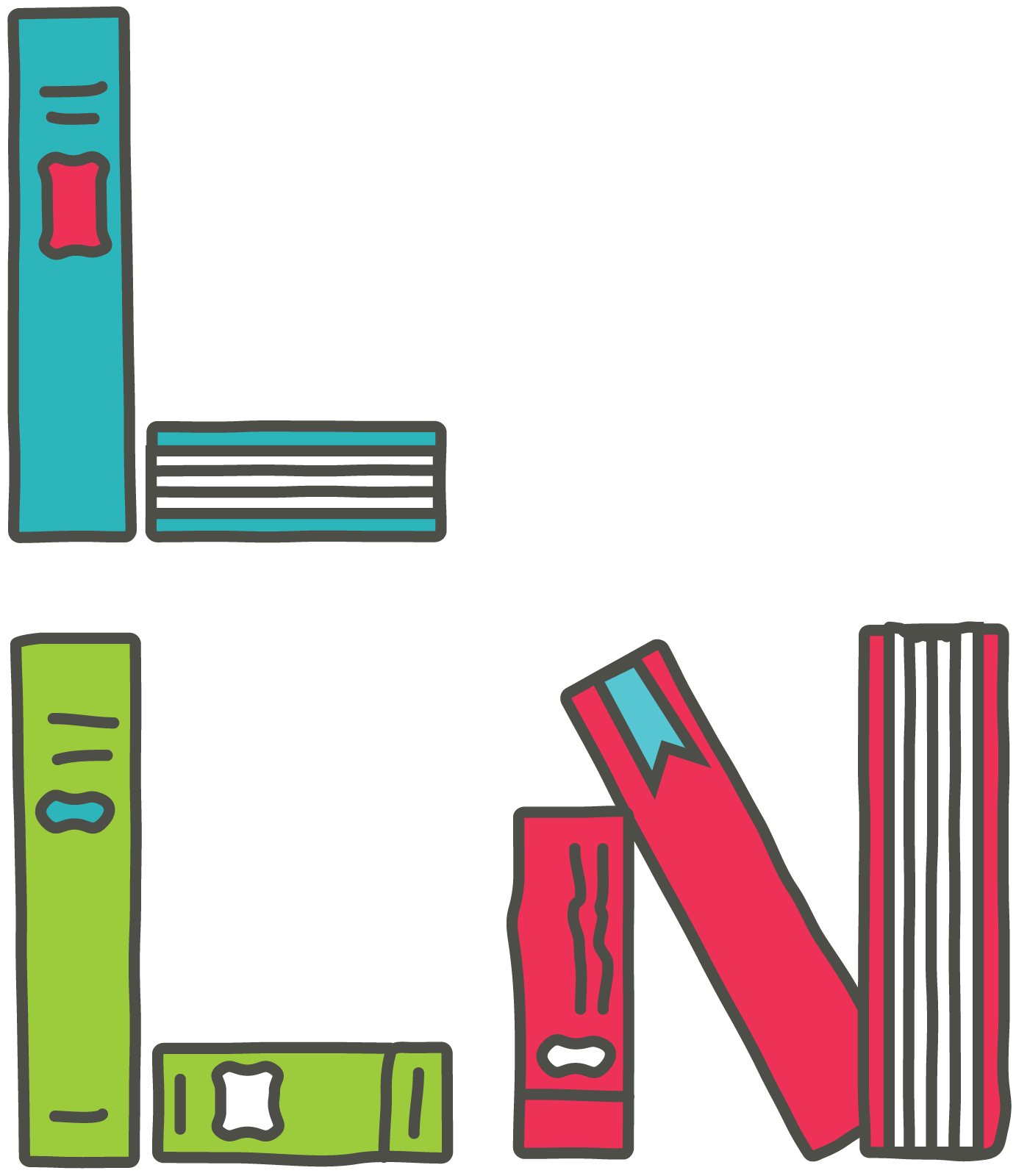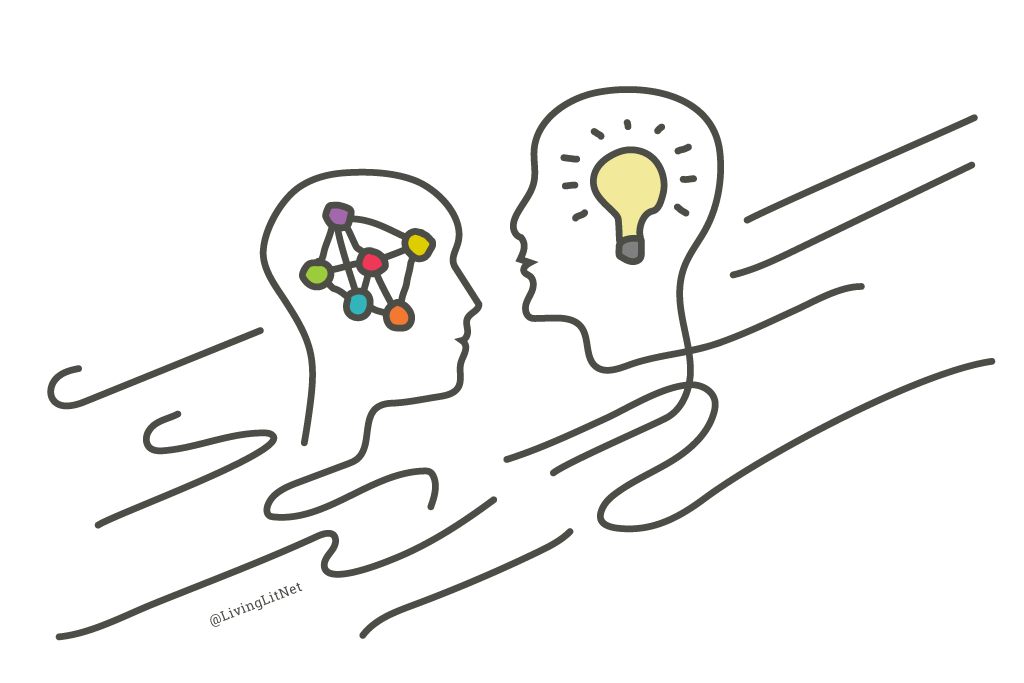#Writing About Reading
Midyear, when teachers are working to breathe new life into fiction with more interpretive work, we might want to consider doing the same to responding to literature. Writing about reading pushes kids to think deeply about their reading and offers teachers ways to assess and provide feedback.
However, if the interpretation work that we expect students to do demands deeper and richer analyses, then the tasks need to be more creative to allow for the level of interpretation we’re striving for.
As we usher children into the world of falling in love with the characters in our books, we teach them to reflect, to linger a while with their thoughts by writing in notebooks or on post-its rather than just quickly moving on to the next book.
This writing about reading work serves two purposes:
First, it pushes students to think more deeply about their reading; and second, it gives teachers something concrete to assess, and to provide feedback on—both about writing and reading. Secondly, connecting writing to reading gives students something to write about, which for some writers can alleviate the “What do I write about?!” stress.
But, for those of us whose students are bored with the whole post-it thing, or who are wondering how many more times kids can “write long” in their notebooks, we might think about digital and visual texts that could provide students with different entry-points to thinking deeply about their characters and the lessons they teach us.
Instagram, SnapChat and TikTok:
As students endlessly scroll through social media posts, they are essentially making interpretations of their worlds through snippets of visual information. Think about it.
How many assumptions does one make from an Instagram image?
Why not tap into these tools in a reciprocal way by having students create such posts and images for characters in books?
We might ask our students to create a series of images that a character might post on their Instagram feed. Similar to a mood board, this series might be a “vibe check” for a particular section of the book: in the beginning where a reader might just be getting to know the character, towards the middle where the characters become more complicated as they face the problem in the story or are influenced by other characters, or even at the end where the images might suggest the change in the character.
The analysis—creating a series of hashtags to explain an image, or a reflection about why these images represent their ideas—is where teachers can really assess a student’s understanding. Students might write about why they chose these particular images, how they represent a character, or how they connect to the character’s traits or even their backstory. Teachers can ask that students use evidence to support their thinking as well, which can be a useful window into their comprehension.
The same ideas could work for TikTok, SnapChat or even Twitch.
What would a character post? Why?
How do their imagined social media posts connect to what you know about them from the text?
For teachers in classrooms without access to technology, or who are looking to limit time spent on screens, this might look like sketches in a notebook with captions, or explanations around them.
For teachers seeking to integrate technology where possible, without getting involved in social media, this might look like a Padlet, or google slides with images and explanations in the notes section.
Or, a student could screen shot their Instagram on their phone and import the image to a google doc.
In any case, it allows students to take up a visual, and perhaps symbolic lens when examining a character.
GIFs, memes, and emojis
How many of us have had conversations that involve the exchange of GIFs or emojis that capture our feelings?
Or have communicated with friends in a series of Memes?
Here, what if we were to think about how GIFs, emojis or even memes connect to ideas in the book? Students could express the character’s changing moods with different emojis/bitmojis or GIFs.
Or, think about memes that connect with the larger ideas in texts:
Is there a meme that represents a theme? One that might represent a character change?
Playlists and soundtracks:
As I was thinking about how I might write about this idea, after I had clocked in to my second job—driving my teenaged children around to various sports practices and music lessons—my daughter, staring into the glow of her iPhone, yelped:
“Omigod! I have a follower on my Spotify playlist! Who would want to follow a playlist for A Visit From the Goon Squad?”
Apparently, my daughter created a Spotify playlist of songs that reminded her of scenes from her favorite book by Jennifer Egan that other fans of the book were enjoying.
I didn’t tell her I was going to share this idea with teachers, because she’s 16, and… I mean, that’s all I really need to say. But choosing songs that symbolize or connect to your ideas about a book—SO FUN! I loved hearing about why she thought of certain songs. And, for students who always have their earbuds stuffed in their ears, hidden behind their hair or hoodie, this might be a great hook for thinking deeply about their texts.
Students could create a playlist that:
Connects to scenes, or follows the arc of the story; it would be the soundtrack for the book
Would be on a certain character’s ApplePlay or Spotify—imagine looking through the playlists on their devices
Represents particular characters—create a soundtrack for them, or a playlist that represents them
Could be background music for reading the book
Is inspired by the book—maybe songs that are evocative of particular themes, or ones that connect to settings in the text
(And, just because I love my kid and her ideas, here’s the link to her Goon Squad playlist, but don’t let her know I told you about it!)
Collage and visual arts
Another option for grappling with complex ideas is to think artistically.
This isn’t a typical sketch-a-favorite-scene assignment, or draw-a-character-and label-their-traits exercise. Rather, it is thinking about ways students can visually represent complex ideas of theme, or the last life-lessons a book imparts in the reader. It could be a collage of words from the text and images. Students might even take advantage of digital drawing tools like procreate.
We might need to support our students here in thinking about symbols, and ways to represent their thinking that doesn’t have to be so literal.
For example, to represent deepening thinking about The Tiger Rising, a student might draw a tiger with the cage bars made out of either words from the text, perhaps the dad reprimanding him for crying, or the Threemongers’ words on the bus—the words that trap him and keep him from sharing his feelings. There are so many possibilities! And that’s what makes it so interesting!






